New tea enthusiasts often face the challenge of quickly determining the quality of the tea in front of them. Honestly, tea appreciation requires long-term experience and extensive sampling—it cannot be rushed. However, there are general guidelines to help filter out distractions, allowing you to learn and compare within more standardized samples.
01 Before Brewing
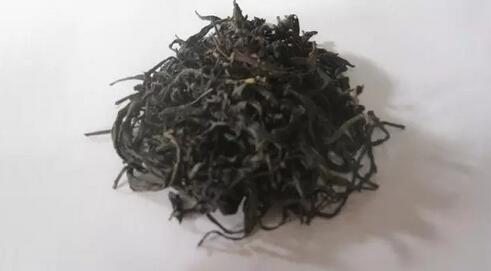
1. Examine the dry tea leaves: Overall—uniform strips, even color, and minimal fragments or impurities indicate higher quality; irregular thickness, noticeable color variations suggest lower quality.
2. Examine individual dry tea leaves: Tightly rolled, glossy, and naturally colored leaves are superior; loosely rolled, dull, overly bright, or lifeless leaves are inferior. Authentic tea has a natural and pleasing color, while counterfeit tea may appear unnatural.
3. Smell the dry tea leaves: A pure, penetrating aroma is ideal; off-odors or faint, inconsistent scents indicate lower quality. Note that not all high-quality teas are strongly aromatic, especially aged teas, which may have little dry-leaf fragrance. The key is distinguishing between subtle and unstable aromas—good tea may not be strongly fragrant, but its scent should not be chaotic.
02 Brewing

1. Observe the lid—If using a gaiwan, check the foam during rinsing. Minimal, quickly dissipating foam and few impurities on the lid indicate higher quality; persistent foam and residue suggest lower quality. High-quality tea is carefully handled throughout production and storage—this principle holds true.
2. Smell the lid—First, ensure there are no unpleasant odors when hot. A rich, pure aroma that lingers after cooling is ideal; sour, astringent, or burnt odors with weak or杂乱香气 indicate lower quality.
03 Tasting
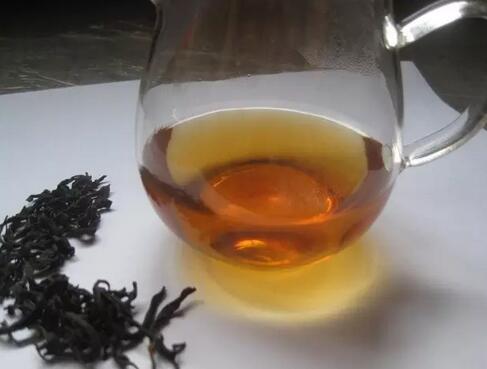
1. Sip the tea—Tea flavors are diverse and hard to describe, but one universal rule is: the better the fusion of tea and water, the higher the quality. Borrowing a tea lover’s phrase, "This tea makes the water taste better"—a simple yet demanding standard. If the tea truly delights you, it’s likely good!
2. Aftertaste—The real test begins after swallowing. A smooth throat feel, lingering aroma in the mouth and nose, and strong salivation or sweetness indicate high quality. A rough throat feel, fading aroma, astringency, or a sticky, filmy sensation suggest issues like coarse原料, poor processing, or improper storage.
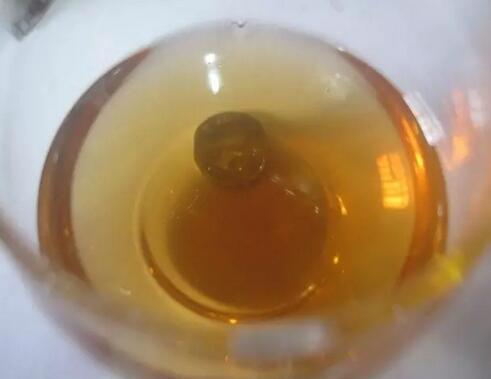
3. Observe the liquor—Clear and transparent is ideal; cloudy or murky is inferior.
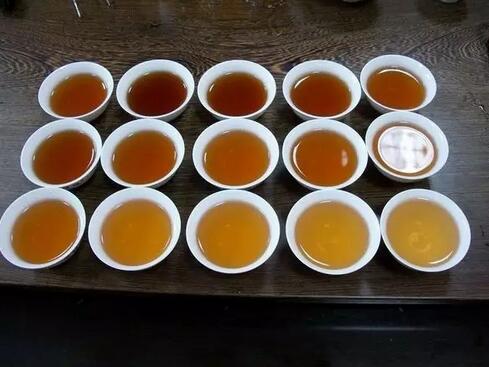
4. Monitor liquor color changes—With proper brewing, the liquor’s color shift reveals quality. Stable color that gradually fades is ideal; a steep drop after few infusions indicates poor耐泡性. Beware of teas whose quality drops sharply—they may rely on工艺to mask lower原料quality.
04 Post-Tasting
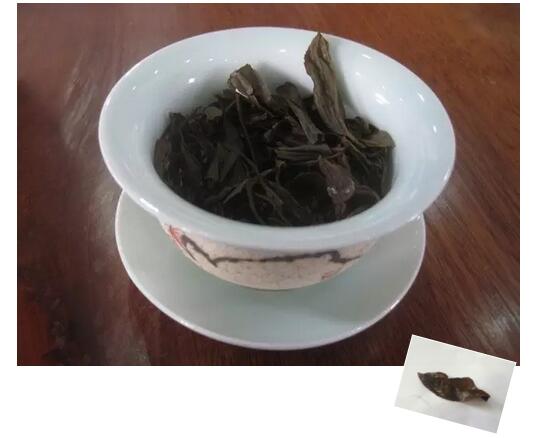
1. Examine the brewed leaves—Like skin, leaves reveal secrets. This is a profound subject, but here are basics:
2. Flexibility: Good leaves spread naturally,柔软而有弹性 (like skin?). Overly stiff or fragile leaves are inferior. Leaves that resist crumbling when gently pressed are better.
3. Color consistency: Uniform color is ideal; patchy or uneven shades raise concerns. Red scorch marks indicate flawed工艺. Leaves should show minimal variation.
4. Luster: After draining, leaves that stay glossy surpass those that dry quickly. This mirrors skin’s moisture retention.
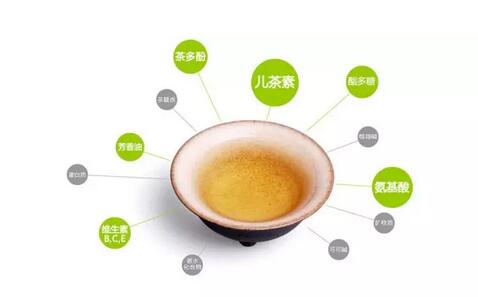
For beginners, these 10 tools are essential! You’ll find brewing simple and tasting effortless…
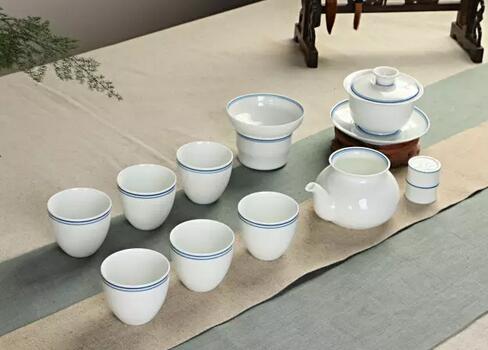
1. White porcelain gaiwan
Why: Almost all teas can be brewed in a gaiwan, unlike teapots with fixed spouts that may let fine leaves (e.g.,小种红茶) escape. Gaiwans offer better control over water flow and infusion. They also allow smelling the lid’s aroma—a plus. White porcelain preserves tea’s true flavor, crucial for beginners.
2. Small white porcelain cups
Why: Like gaiwans, white瓷 avoids flavor interference. Other materials (e.g., clay) retain prior brews’ scents, skewing judgment. Beginners should sample widely, making neutral tools ideal.
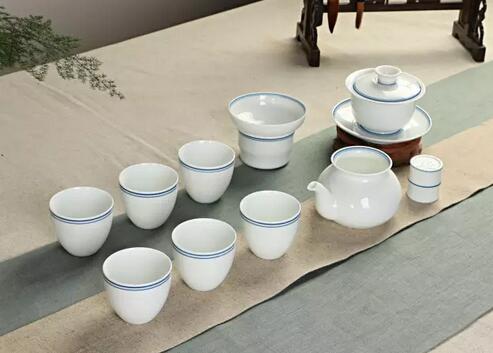
3. Glass pitcher
Why: Glass lets you instantly assess liquor color and clarity—key evaluation criteria.
4. Digital scale
Why: Different teas require specific weights:绿茶3-5g,红茶4-5g,乌龙茶7-8g, etc. Precision matters.

5. Strainer
Why: Filters reduce excessive茶毫and catch stray leaves during unsteady pouring.
6. Tea tongs
Why: While hands suffice solo, tongs sanitize cups for guests.
7. Tea tray
Why: Wet brewing (using a tray) is easier for beginners than advanced dry methods.
8. Tea towel
Why: Essential for cleanliness—wiping drips and drying杯底.
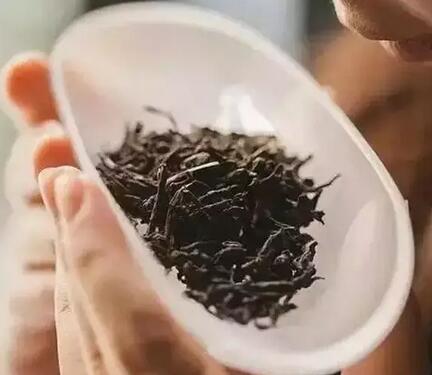
9. Tea holder
Why: Not just for shows—it’s practical for weighing and admiring dry leaves.
10. Nano sponge
Why: A bonus tip for stubborn茶渍. This清水-only cleaner leaves no detergent traces.